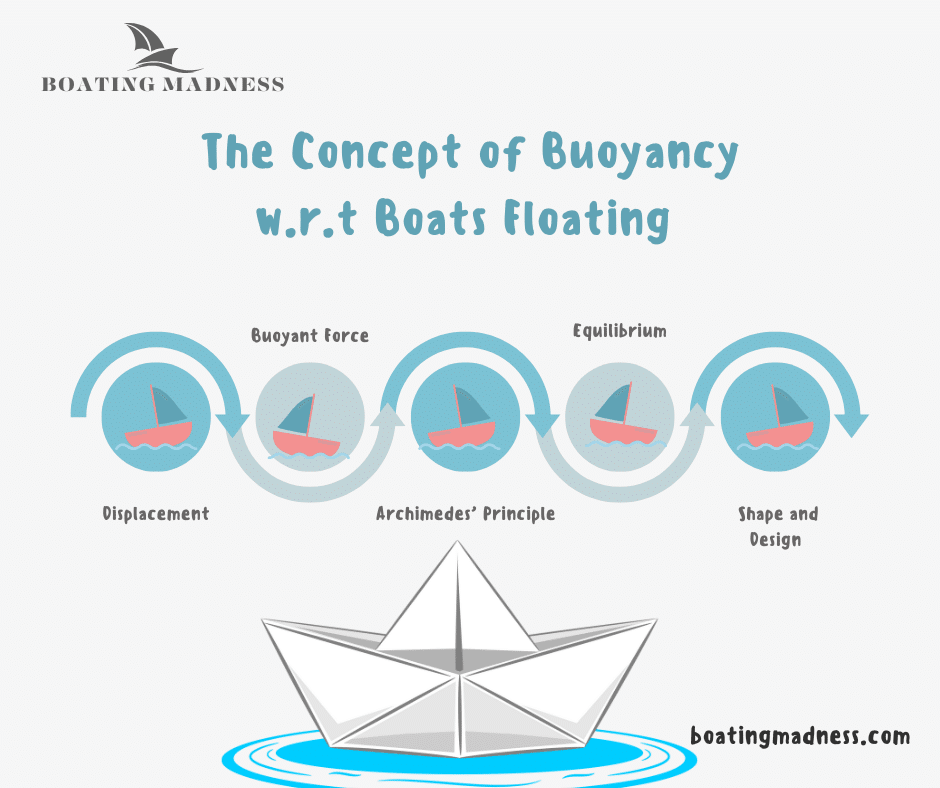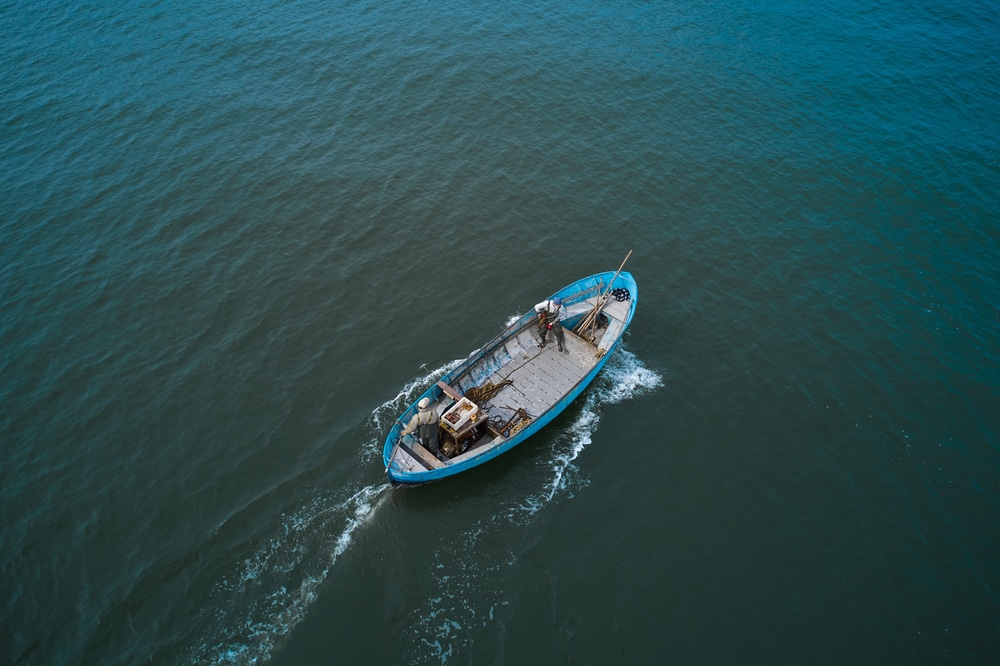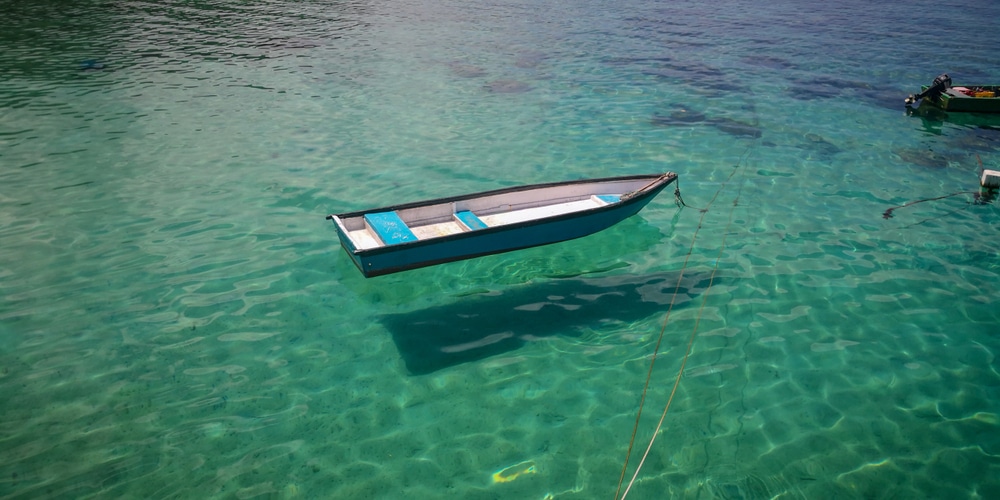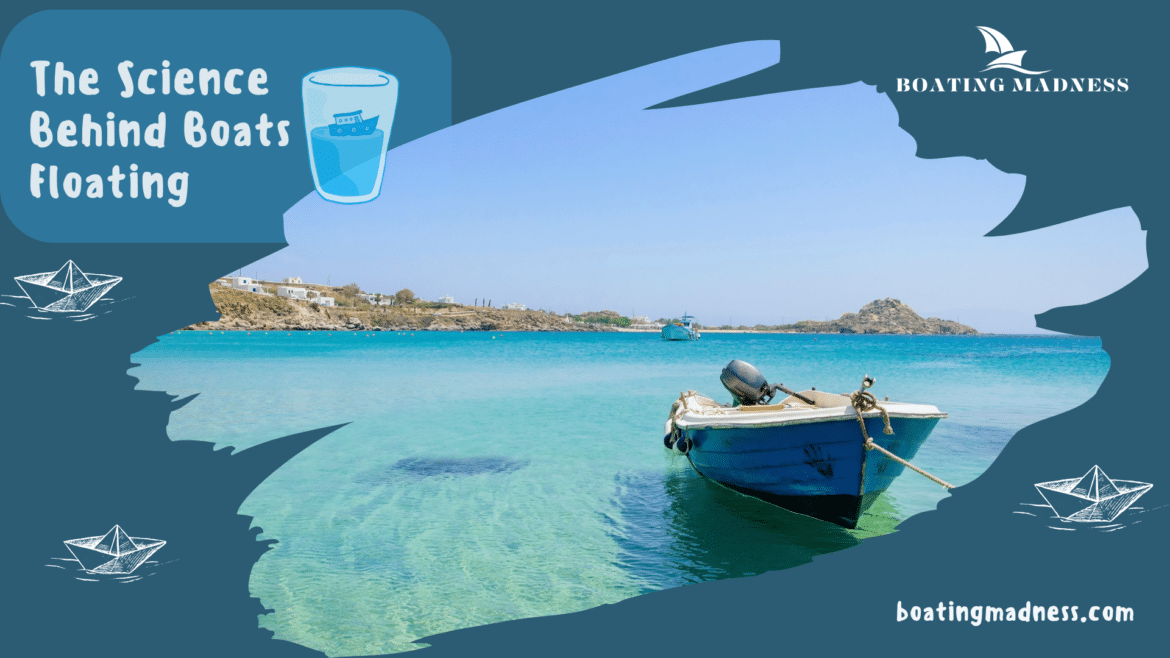Table of Contents
Are you planning on another trip towards the crystal blue sea on your sea boat? BUT WAIT! Here’s a question; have you ever tried to know how do boats float? Going out on adventurous trips with your family and friends is always a treat. What’s so really good about these seas though? The best thing is that you get to experience the breezy air along with the breathtaking beauty of the vast oceans. Moreover, you boating fantasy comes to life. But as we talk about boats, have you ever thought that how these heavy boats tend to stay afloat on waters? Well, there certainly must be a science behind this whole process. Let us make this confusion of yours go away and learn how these big sea vessels manage to float on heavy waters!
Science Behind Boats Floating – The Archimedes Principle
Who would say no to an exciting sea boating adventure; Not us! If you love boating, you must also know what all goes behind; just like the mystery of floating. Now, according to Archimedes’ Principle, an object submerged in a fluid receives an upward buoyant force equal to the weight of the fluid displaced, which explains why boats float.
- Buoyant Force: The water’s upward force must be at least as great as the boat’s weight.
- Water Displaced: Enough water is displaced by the boat’s design to produce the required buoyant force.
- Balance of Forces: The boat will sink if its weight exceeds its buoyant force.
This theory explains why boats of various sizes, from little toys to enormous cruise ships, can float by balancing the weight against the upward force of the displaced water.

A Guide to Floating of Sea Vessel on Water
Let dig into the buoyancy principle to understand floating.
The Buoyancy Principle for Boats to Float
A boat will move the same amount of water in the water as its weight while submerging it, for instance, a boat weighing 1,000 kg moves 1,000 kilograms of water.
- Displacement: The boat makes room by pushing the water aside. Water exerts an upward force equal to the displaced water’s weight, known as buoyant force.
- Equilibrium: The ship floats when this buoyant force equals or exceeds the boat’s weight.

Role of Boats Design in Floating
Choosing the right boat design is essential to float. The form of the hull affects buoyancy and water displacement directly;
Wide Hulls
- Move more water around.
- Perfect for large loads.
- Typical of cargo ships.
Streamlined Hulls
- Lessen the water resistance.
- Boost output and speed.
- Utilized in cruise cruises and speedboats.
Designs are customized for their particular purpose. Wide hulls are stable and efficient in supporting weight. Sleek hulls improve speed and efficiency. Through the optimization of the boat’s interaction with the water, each design maximizes buoyancy. This guarantees that all kinds of boats, whether those unique pontoons boats or any other kinds, stay afloat and function as intended.

A Concept of Water Displacement
Boats float primarily because of water displacement. When they enter the water, they exert an upward thrust by pushing the water away.
How It Works?
- Moving Equivalently Weight: The boat will float if the water level displaced equals the boat’s weight.
- Ships Carrying Cargo: Large ships are built with hulls intended to move water equivalent to their weight. To prevent them from sinking, they feature balanced designs and several compartments.
- Toy Boats: Though not as much, little toy boats also move water. The same principle of buoyancy makes them float.
This idea guarantees that buoyancy will always be the same for any size vessel, whether a tiny toy boat or a massive cargo ship.
Why do Boats Float?
Now the question is; why do boats float? Because of the equilibrium between their weight and the buoyant force of the water, boats float. Boats don’t sink because of this equilibrium; they stay above the water. Regardless of material or size, a properly designed ship displaces enough water to maintain its weight and float. Among the significant elements influencing boat flotation are;
- Boat Weight: How much boat weighs? Heavier boats need to move more water to stay afloat.
- Hull Design: The amount of water displaced depends on the hull’s size and shape and average density.
- Gasoline and Cargo: Added weight from fuel tank and gasoline and cargo alters the boat’s buoyancy.
A ship floats when it moves the same amount of water as its weight.

Final Thoughts
As we come to an end, you must be well aware now that the fascinating interaction between Archimedes’ Principle and water displacement makes boats float. In other words, a ship floats because boat lifts a volume of water heavier than the boat. The ship generates an upward thrust to offset its weight as it pushes water away. This idea holds for all kinds of vessels, from enormous cruise ships to little toy versions. Because of the way they are made, even much heavier metal boats remain afloat by dislodging enough water to produce a lifting force equal to their weight.
In conclusion, knowing this weight-to-displacement ratio makes it clear why ships of all sizes and materials can easily float and navigate our seas.
HAVE FUN WITH YOUR BOAITNG ADVENTURES!

